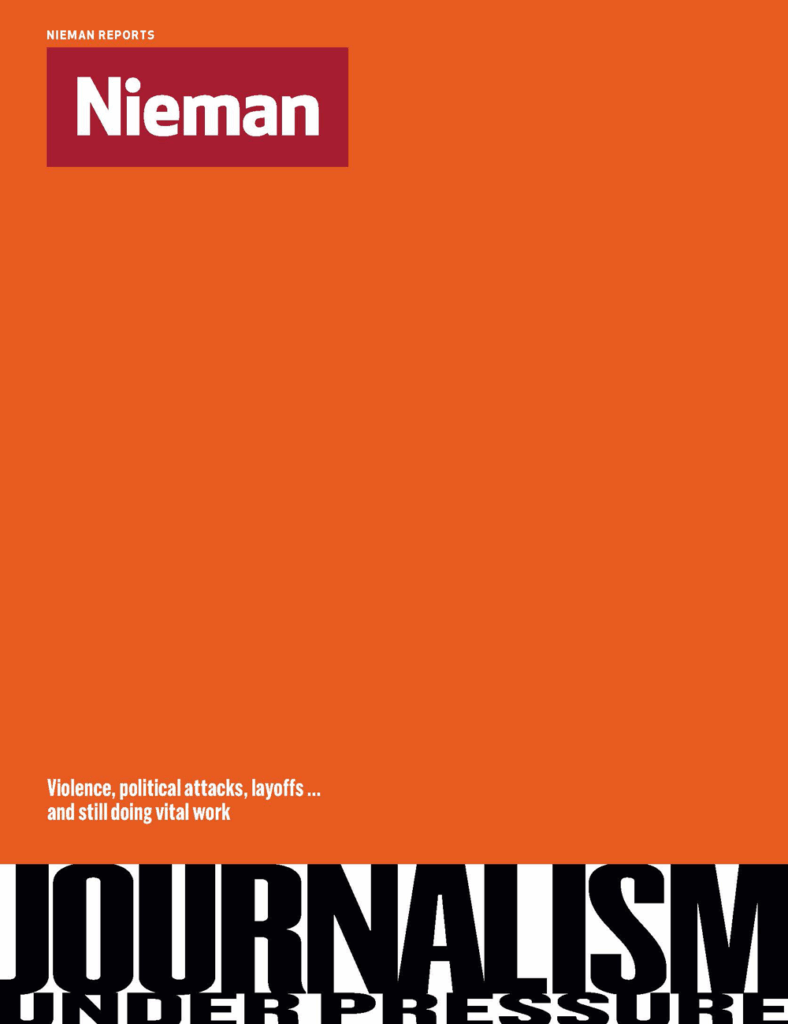In February 1945, during the Battle of Manila, Japanese troops committed one of the worst massacres of World War II, slaughtering tens of thousands of Filipino men, women, and children in a tragedy comparable perhaps only to the Rape of Nanking.
It is a story few people remember—but one I resurrect in my new book “Rampage: MacArthur, Yamashita and the Battle of Manila,” which W.W. Norton will publish on October 30.
For the past four years, I have been examining the horror that befell the capital of this former American colony when trapped Japanese soldiers and marines carried out what war crimes investigators later described as “an orgy of mass murder.”
The crimes committed during those 29 days included locking thousands of civilians inside homes and social halls before setting them ablaze. Troops raped women and tossed infants in the air, skewering them on the steel blades of their bayonets. In one of the more gruesome accounts, Japanese marines cut a hole in the second floor of a Manila home and then led blindfolded individuals upstairs, forced them to kneel, and decapitated them with swords. Two hundred men died this way.
So how do you report such a story three-quarters of a century later?
I began in the National Archives in Washington, digitizing boxes of victim affidavits, often dictated from cots in field hospitals just weeks after American troops liberated Manila. These now-yellow and brittle statements, which were recorded for potential use in war crimes trials, ran into the thousands. To organize the vast amount of information—I digitized records at a rate of almost 4,000 pages a day—I ultimately created a database, logging the gruesome details of what each survivor endured.
I married months of archival work with field research in the Philippines, interviewing survivors and visiting many of the 27 major atrocity sites in Manila in order to accurately recreate those scenes. I walked the hallways of the University of Santo Tomas, where American internees starved to death at the rate of three to four a day before Sherman tanks broke down the gates and liberated the nearly 3,700 captives. I peered into the dungeons of Fort Santiago, the infamous Japanese torture center where American troops found hundreds of dead civilians stacked several deep.
I likewise climbed the stairs and sat in the chapel of De La Salle College. There amid the pews where families had once celebrated baptisms and weddings, Japanese marines had slaughtered priests and even children. Looking down I could not help but notice that the tile floor beneath my feet appeared to match the tile in the black and white photos snapped by war crimes investigators almost 75 years earlier.
One of the most powerful experiences came via Battle of Manila survivor Jim Litton, who told me if I wanted to understand what it was like during that frightful time then I needed to retrace the path his family took while fleeing the Japanese.
We did just that.
Jim showed me where he lived as an 11-year-old boy when American troops finally rolled into Manila, even though his family home had long since been replaced by a McDonalds. We visited the spot on Florida Street where a Japanese landmine blew the legs off his family’s teenage housekeeper and nearly killed his mother. Lastly, we entered the Philippine General Hospital, which remains in operation today as a charity clinic. Once inside, Jim navigated the corridors until we found the elevator bay. Via the shaft, Jim and his family along with other civilians had wriggled under the hospital’s crawlspace. There the youth had endured five days, scavenging water from toilet tanks before American troops killed the last of the Japanese marines.
Jim was right. Seeing the Battle of Manila through his eyes bridged the time gap and made it immediate and real. The barbarity committed during those few weeks in February 1945 forever transformed the city once known as the Pearl of the Orient and decimated generations of Filipino families, the ripples of which still echo through lives even today 75 years later. “In a way we were all massacred,” one survivor testified. “Only, some of us were fortunate to have lived through it.”




